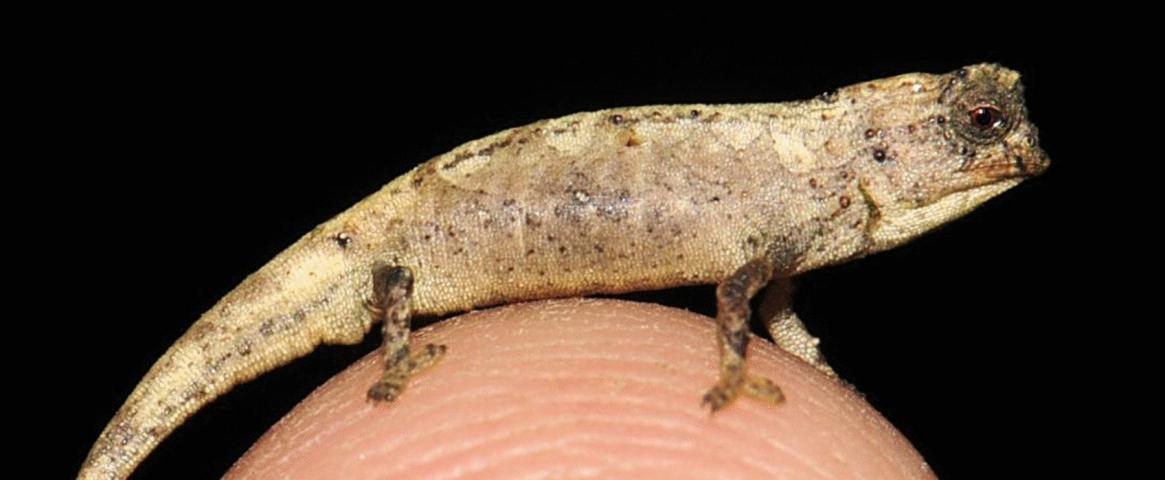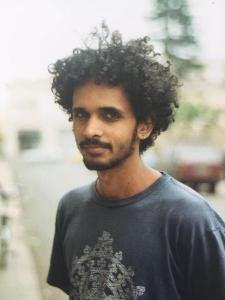Jonathan Moens, a freelance reporter based in Rome and a new addition to the NASW community, shares #WhySciWri in this short Q&A.
Q: Tell us a little about yourself.A: I’m a Belgian-Eritrean freelance reporter based in Rome — which is where I grew up. I’m new to freelancing, so I’m still figuring out what my beats are, but I tend towards big, reporting-heavy stories at the intersection of science, ethics and policy. I also love any story with an element of mystery.
Q: How did you get interested in science writing?
Like many things, I kind of just stumbled into it. I was a research assistant in Paris, studying the neuroscience of conscious perception, but quickly became disillusioned with what being a scientist entailed: too much sitting around, coding, with only incremental results. I wanted to learn more, faster. So I took some months off traveling mindlessly across South America and at some point the idea of being a journalist suddenly struck me as appealing. I jumped into a degree in science journalism at NYU and it turned out to be a great fit.
Q: What are you working on at the moment?
A: I recently finished an internship with the podcast and radio show, Radiolab, and I’m now getting started with freelancing. It’s been both terrifying and exciting. At the moment, I’m balancing some writing for publications like Spectrum and Inside Climate News with some longer term projects I hope will see the light of day in the coming months.
Q: What's the website you visit most often for work? How about your favorite social media account that you follow?
A: I don’t really have a go-to website. And, like many, I feel overwhelmed by the amount of social media so I try to keep it to a minimum. I often read The Atlantic, The New York Times, and Undark in search of tiny little gems — a sentence, a statistic, a link — that can lead me down a rabbit hole for a different story.
Q: If you could write about any scientific event/breakthrough/topic (past, present or future) what would it be and why?
A: So, very recently actually, scientists discovered this miniature chameleon, “aka nano-chameleon” in Madagascar. I can’t stop thinking about how ridiculously small it is — about 13.5 mm (about the size of a fingernail). I also don’t understand how this organism lives. It feels like a joke. Anyway, that. I would have loved to report on this chameleon, but only if I got to see one in person.
Q: Why did you join NASW and what kinds of professional connections/opportunities are you seeking?
A: Just throwing myself out there to meet and talk and have virtual coffees with anyone who wants to throw advice at me.
Follow Jonathan on Twitter @jonathan_moens
Hero image: Brookesia nana, courtesy of Frank Glaw, Jörn Köhler, Oliver Hawlitschek, Fanomezana M. Ratsoavina, Andolalao Rakotoarison, Mark D. Scherz & Miguel Vences (CC BY 4.0).


